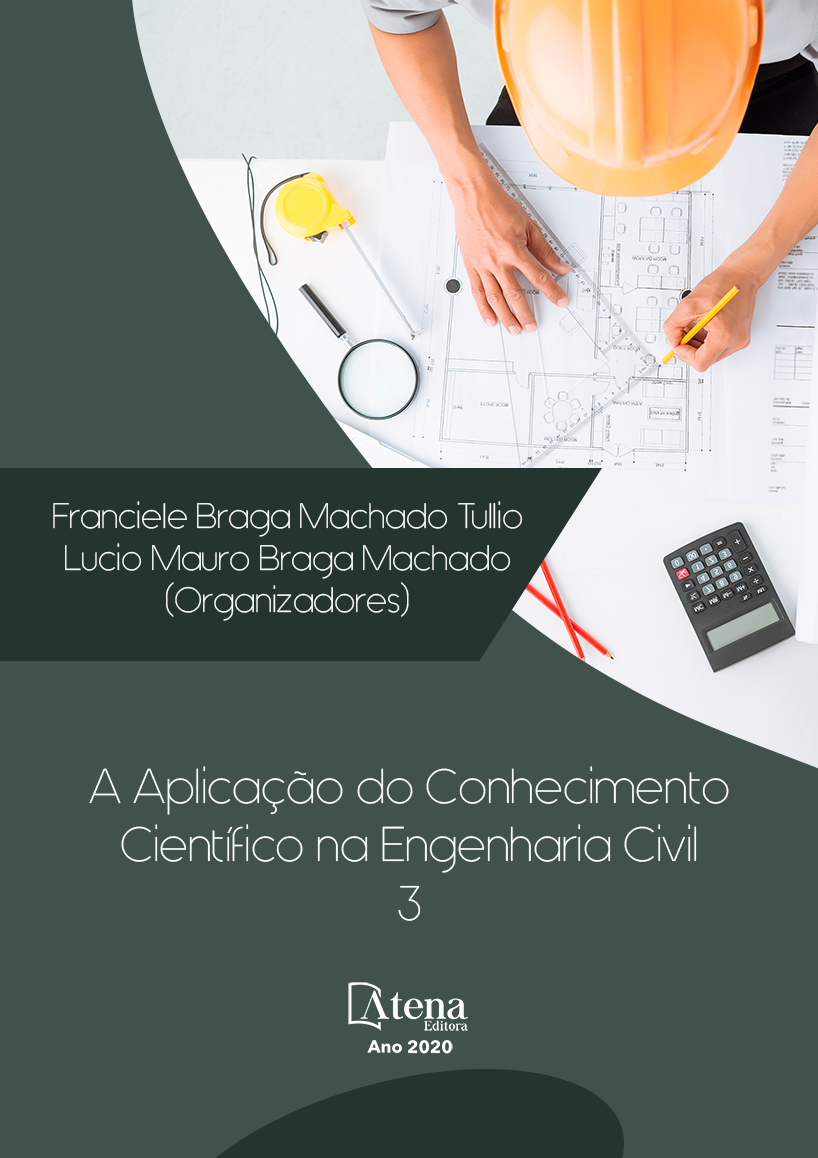
ANÁLISE ESTRUTURAL E CONSTRUTIVA DA PONTE ESTAIADA DA RODOVIA DO PARQUE – (BR-448)
Nesse trabalho foi realizada uma análise estrutural e construtiva da ponte estaiada da Rodovia do Parque (BR-448). Foi feito um estudo quanto a distribuição longitudinal dos estais com o objetivo de descobrir quais os motivos da distribuição do tipo Semi-Leque (ou Semi-Harpa) ter sido escolhida para a construção da ponte. Para isso, foram selecionadas, além da distribuição original, mais duas distribuições (Harpa e Leque), a fim de fazer uma comparação quanto ao seu comportamento estrutural. Como auxílio ao desenvolvimento do trabalho, foi utilizado o software SAP2000. Através desse programa e dos dados referentes ao projeto da ponte estaiada, obtidos através do DNIT, foram inseridas as propriedades dos materiais, dimensões e carregamentos de cada peça da estrutura, somente o peso próprio e as cargas móveis da ponte. Analisando os resultados, chegou-se a conclusão de que o sistema Semi-Harpa (ou Semi-Leque) é a solução mais adequada para a construção da ponte, poi abrange as qualidades do sistema Harpa e Leque, dando estabilidade global em toda a estrutura.
ANÁLISE ESTRUTURAL E CONSTRUTIVA DA PONTE ESTAIADA DA RODOVIA DO PARQUE – (BR-448)
-
DOI: 10.22533/at.ed.6952009078
-
Palavras-chave: pontes estaiadas, sistemas de ancoragem, estais.
-
Keywords: cable stayed brudge, anchorage systems, cable.
-
Abstract:
In this work was carried out a structural and constructive analysis of the cable-stayed bridge of the Rodovia do Parque (BR-448). A study was carried out on the longitudinal distribution of the cables in order to find out the reasons for the Semi-Fan (or Semi-Harp) distribution chosen for the bridge construction. For this, besides the original distribution, two more distributions (Harp and Fan) were selected, in order to make a comparison regarding their structural behavior. As an aid to the development of the work, SAP2000 software was used. Through this program and the data related to the design of the stationary bridge, obtained through the DNIT, the properties of the materials, dimensions and loads of each piece of the structure were inserted. Analyzing the results, it was concluded that the Semi-Harp system is the most suitable solution for the construction of the bridge, because it covers the qualities of the Harp and Fan system, giving overall stability throughout the structure.
-
Número de páginas: 15
- Paula Manica Lazzri
- Rafael Cariolato Dorneles


